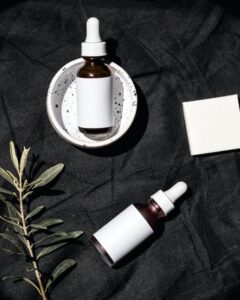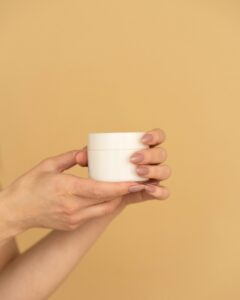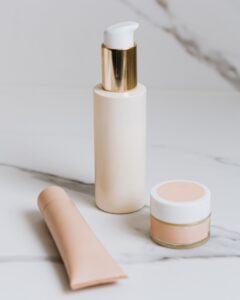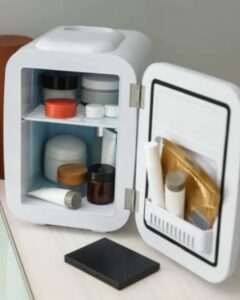Out With The Old – A Skincare Expiry Date Checklist
Skincare has a rich history, dating back to Ancient Egyptian times. In the age of social media and trending beauty regimes, access to skincare products and information has never been more widespread. Whether you’re a seasoned skincare enthusiast or a beginner, understanding how to maximize the benefits of your skincare products is essential. Let’s talk about the importance of skincare maintenance, from recognizing expiration dates to proper storage.
Do Skincare Products Expire?

Skincare products have a shelf life, just like food or medicines. When opened, their effectiveness gradually declines. Expired skin care can lead to undesirable outcomes for your skin, including breakouts, redness, irritation, itchiness, inflammation, and even serious conditions like dermatitis or infections.
Recognizing Expired Skincare Products

Not all skincare products bear official expiration dates on their packaging, so it’s essential to know how to identify expired products. Dermatologists recommend looking for changes in smell, consistency, colour, or overall appearance. For example, if your moisturizer has an unusual colour or consistency, it may be time to discard it.
Finding Expiration Dates

To locate expiration dates, look for the “period after opening” (PAO) date, which indicates how long a product remains usable after opening. A container graphic with a number inside or beside it represents the PAO. For example, “6M” signifies the product is good for up to six months after opening.
Factors Affecting Shelf Life

Proper storage is crucial for extending a skincare product’s shelf life. Factors that can affect shelf life include:
1. Dipping Fingers: Avoid contaminating products in jar packaging by washing your hands before use.
2. Temperature: Skincare products are sensitive to temperature fluctuations; avoid extreme heat or cold.
3. Clean Applicators: Reusing brushes or applicators without cleaning can introduce harmful bacteria.
4. Sunlight and Moisture: Direct sunlight or exposure to moisture can change a product’s texture, colour, and smell, indicating expiration.
Products Prone to Expiration

Certain products are more likely to expire sooner due to their ingredients and use. Items made from natural or organic ingredients and those labelled “preservative-free” typically expire faster. Cream-based products, like moisturizers, have shorter shelf lives compared to oil-based alternatives. Products in pump bottles tend to last longer as they are less exposed to contaminants.
Active Ingredients and Storage

Active ingredients like retinol, vitamin C, and acid-containing products are sensitive to factors like light, oxygen, and temperature fluctuations. Proper storage and adherence to the manufacturer’s instructions are vital for maintaining their effectiveness.
Keeping Unopened Skincare Products

A significant number of people keep unopened skincare products for extended periods. While unopened products are less prone to bacteria contamination, their shelf life depends on the product type and ingredients. Rough guidelines suggest that unopened moisturizers, serums, and sunscreen can last for up to three years, but using your judgment and discarding products with unusual appearances or smells is advisable.
Extending Shelf Life

To extend a product’s shelf life, proper storage is essential. Store skincare items in a cool, dry, and dark place, avoiding direct sunlight. Be cautious with beauty fridges, as not all products are suitable for refrigeration. Research which products are safe for storage in a beauty fridge and maintain a stable temperature in your storage space.
Maintaining the freshness and effectiveness of your skincare products is essential for achieving healthy, radiant skin. By understanding expiration dates, recognizing signs of expired products, and following proper storage practices, you can ensure that your skincare works as hard as possible for you.





